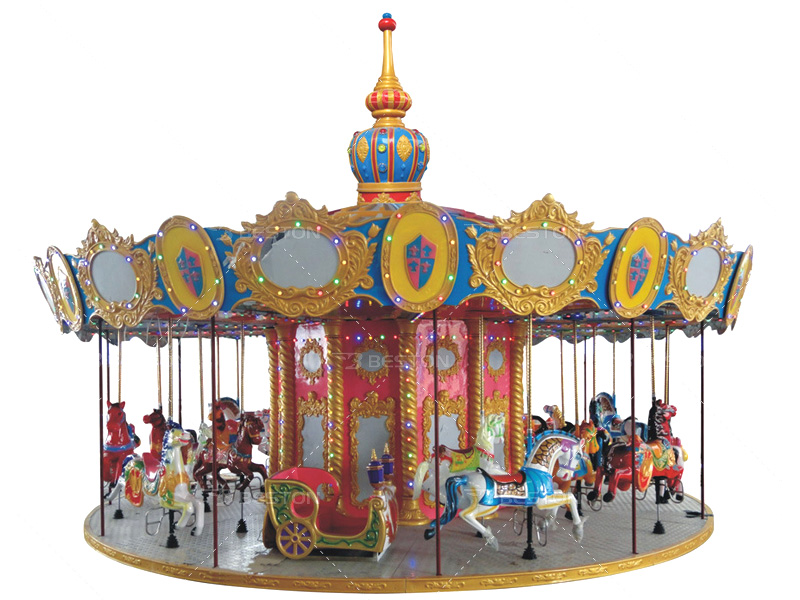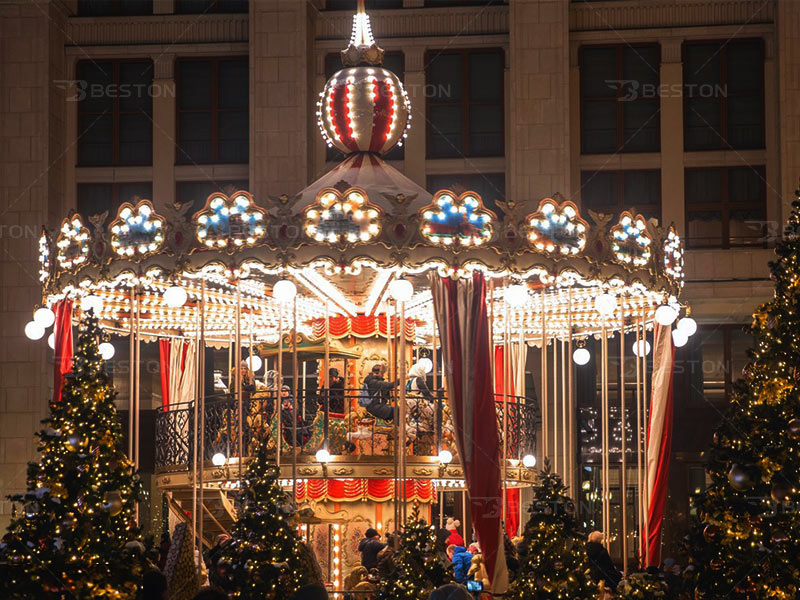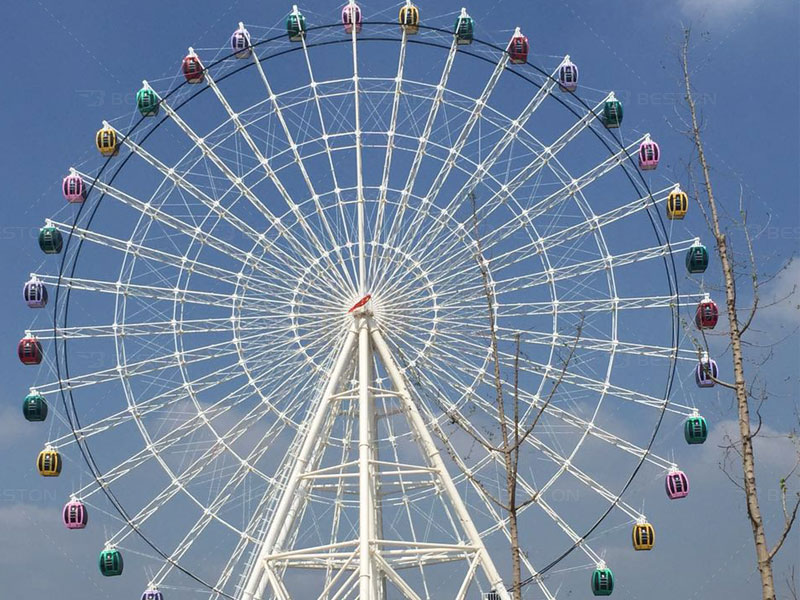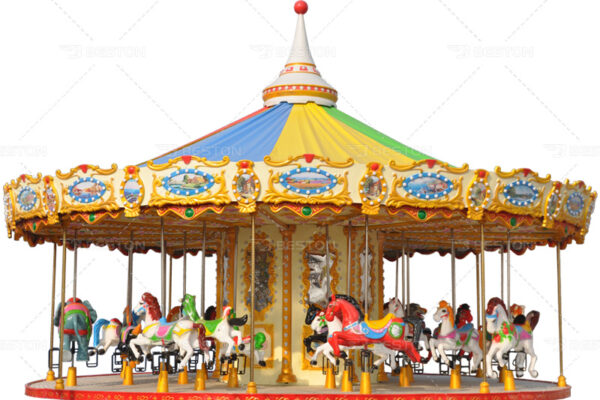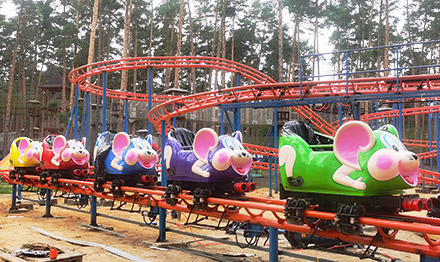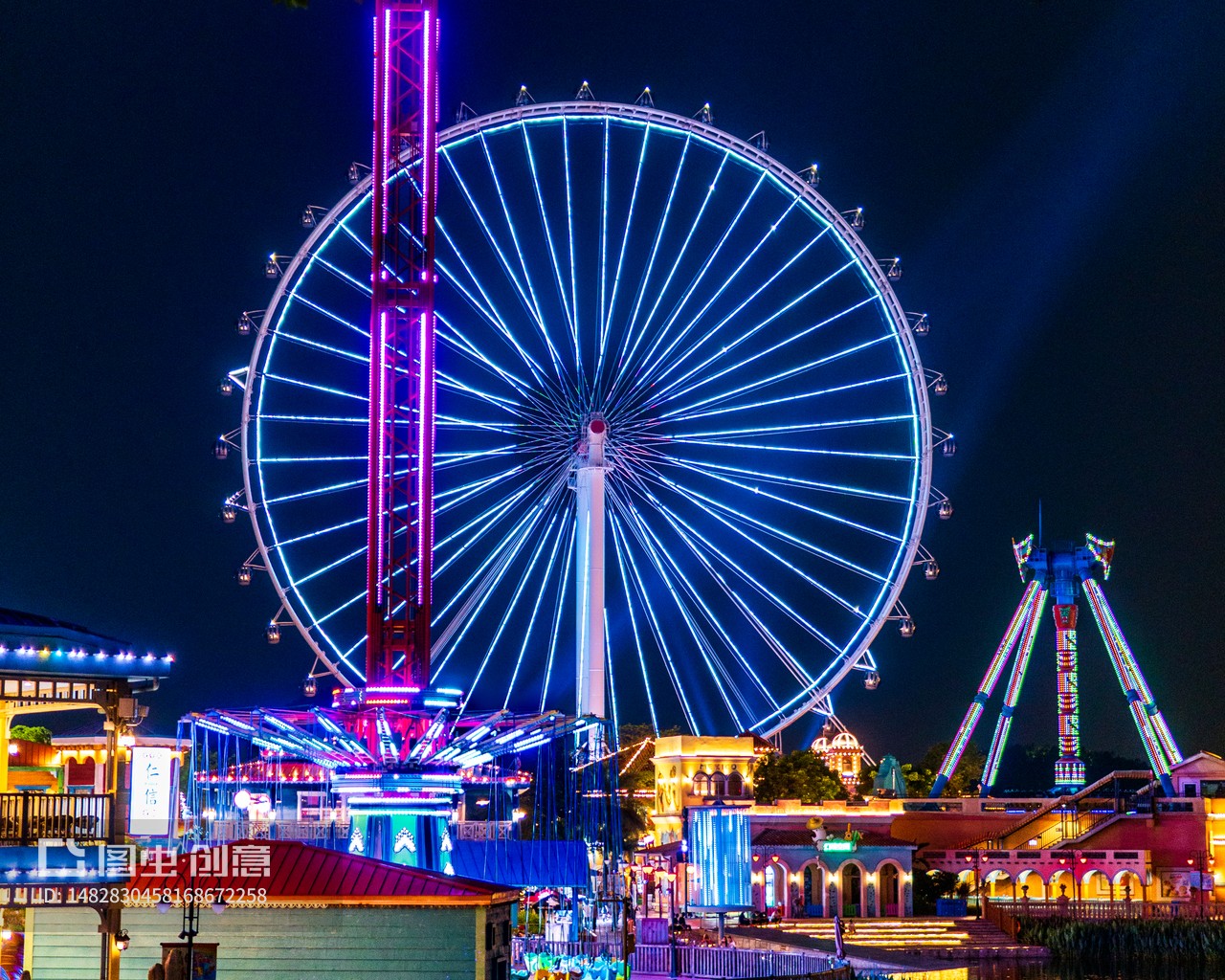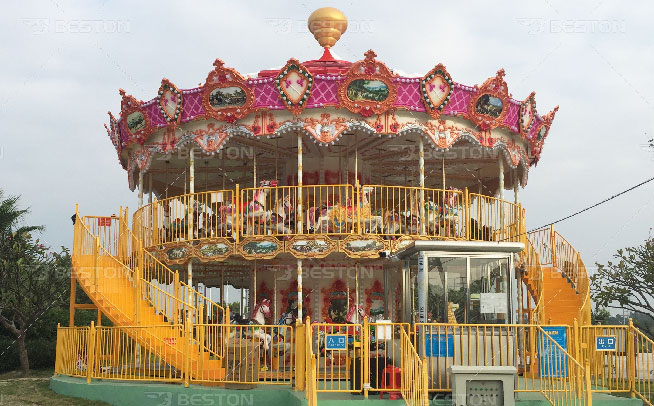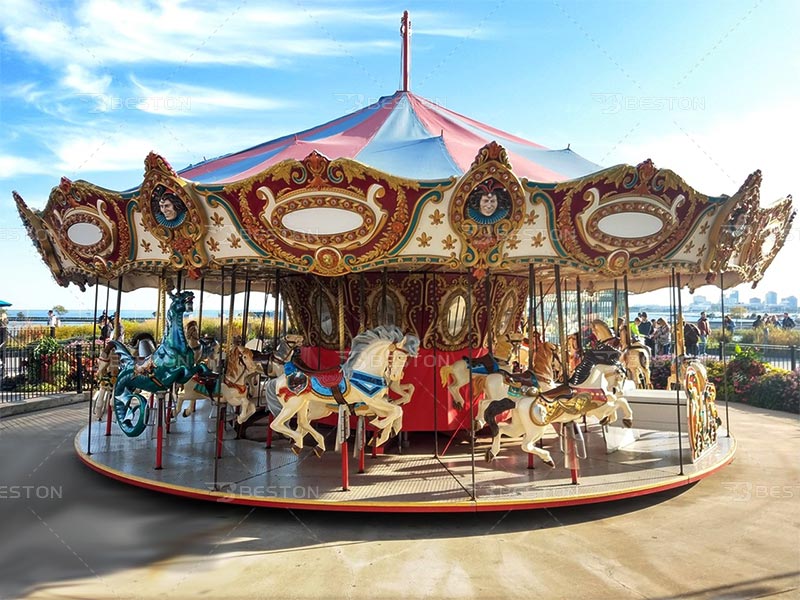Roller coasters stand as the quintessential symbols of amusement parks, captivating thrill-seekers and families alike. These mechanical marvels come in various forms, each designed to deliver unique experiences that cater to different audiences. Understanding the most popular roller coaster types and their features is essential for park operators and enthusiasts. This article delves into various roller coaster types, focusing on their distinct characteristics, safety considerations, and appeal to different demographics, including the important category of children's roller coasters.
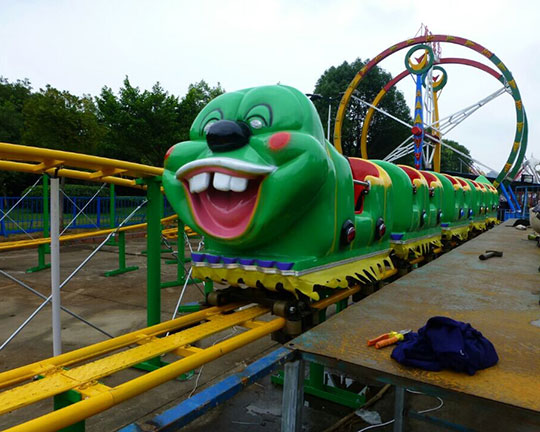
The Diversity of Roller Coaster Types
Roller coasters can be classified into several categories based on their design, structure, and ride experience. This diversity ensures that parks can cater to a broad spectrum of guests, from adrenaline junkies seeking intense thrills to families looking for gentle rides.
-
Steel Roller Coasters: These coasters are recognized for their smooth rides and high-speed capabilities. They are constructed primarily from steel, allowing for complex designs and inversions. Steel roller coasters can achieve heights and speeds that wooden coasters typically cannot match. They often feature loops, corkscrews, and steep drops, creating exhilarating experiences. Notable examples include the Intimidator 305 at Kings Dominion and the Steel Vengeance at Cedar Point.
-
Wooden Roller Coasters: Known for their nostalgic charm, wooden coasters are a classic choice for amusement parks. They are constructed from wood, giving them a different feel compared to their steel counterparts. While they may not reach the same speeds, the wooden structure allows for unique elements like airtime hills and laterals that offer thrilling experiences. Iconic wooden coasters include the Ghost Rider at Knott's Berry Farm and the Beast at Kings Island.
-
Inverted Roller Coasters: Inverted coasters suspend riders below the track, providing a unique sensation as they navigate twists, turns, and inversions. This design allows for a more immersive experience, as riders feel as if they are flying. Notable inverted coasters include the Batman: The Ride at Six Flags parks and the Banshee at Kings Island.
-
Launch Coasters: Unlike traditional roller coasters that utilize a lift hill, launch coasters propel riders forward at high speeds from a standstill. This type of coaster generates excitement through rapid acceleration, often incorporating unique elements like vertical loops and twists. Examples of popular launch coasters include the VelociCoaster at Universal's Islands of Adventure and the Kingda Ka at Six Flags Great Adventure.
-
Flying Coasters: These coasters give riders the sensation of flying by placing them in a prone position, facing downward. The design allows for thrilling drops and inversions that simulate the experience of soaring through the air. Prominent flying coasters include the Superman: Ultimate Flight at Six Flags parks and the Manta at SeaWorld Orlando.
The Appeal of Children's Roller Coasters
Among the various roller coaster types, children's roller coasters hold a significant place in the amusement park ecosystem. These rides are designed specifically for younger audiences, offering milder thrills and ensuring safety. Understanding the features and importance of children's roller coasters is crucial for parks seeking to attract families.
Children's roller coasters typically feature gentle drops, lower heights, and slower speeds compared to traditional coasters. They often include colorful themes and whimsical designs, creating an inviting atmosphere for young riders. Some characteristics of children's roller coasters include:
-
Low Height Requirements: These coasters are designed with the safety of younger children in mind, often allowing riders as young as two or three years old to participate with an adult.
-
Smooth Ride Experience: The design and engineering of children's roller coasters ensure a smooth ride, minimizing sudden jerks or jolts that could frighten young riders.
-
Engaging Themes: Many children's roller coasters are themed around popular characters or stories, enhancing their appeal. For instance, a coaster might be themed after a beloved animated character, making it more attractive to young guests.
-
Family-Friendly Design: These coasters often encourage parents to ride alongside their children, promoting bonding experiences and creating lasting memories.
Safety Considerations Across Roller Coaster Types
Regardless of the type, safety remains the foremost priority for amusement parks. Each roller coaster type undergoes rigorous safety inspections and testing to ensure the well-being of riders. Key safety features include:
-
Restraints: Different coaster types employ various restraint systems, such as lap bars, over-the-shoulder harnesses, or seat belts, to secure riders during the ride. These systems are engineered to provide comfort while ensuring safety.
-
Regular Maintenance: Amusement parks conduct regular inspections and maintenance on all roller coasters to address wear and tear. This includes checking mechanical systems, track integrity, and safety restraints.
-
Height and Weight Restrictions: Each coaster type has specific height and weight requirements to ensure riders are appropriately secured. These restrictions help prevent accidents and injuries.
-
Emergency Protocols: Amusement parks implement comprehensive emergency protocols for each roller coaster. Staff members are trained to handle various situations, ensuring that guest safety is always the top priority.
The Future of Roller Coaster Design
As technology advances, the design and engineering of roller coasters continue to evolve. Innovations such as virtual reality integration, magnetic propulsion systems, and enhanced safety features are shaping the future of roller coaster experiences. Parks are increasingly exploring hybrid coasters that combine elements of both wooden and steel designs, creating unique rides that offer the best of both worlds.
Furthermore, environmental sustainability is becoming a focal point in the amusement park industry. Manufacturers are exploring eco-friendly materials and energy-efficient technologies to reduce the carbon footprint of roller coaster operations.
Conclusion
Roller coasters represent a diverse array of experiences that cater to various audiences, from thrill-seekers to families with young children. Understanding the most popular roller coaster types and their features is essential for both amusement park operators and enthusiasts. From the adrenaline-pumping sensations of steel coasters to the gentle charm of children's roller coasters, each type offers a unique experience that contributes to the magic of amusement parks.
As the industry continues to innovate, the future of roller coasters promises even more thrilling designs and experiences, ensuring that they remain a central attraction for generations to come. By prioritizing safety, enhancing guest experiences, and adapting to changing consumer preferences, amusement parks can maintain their status as premier entertainment destinations.

